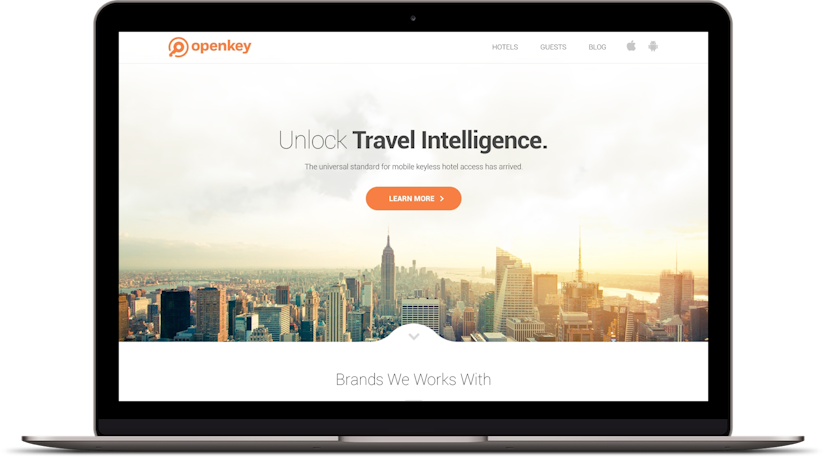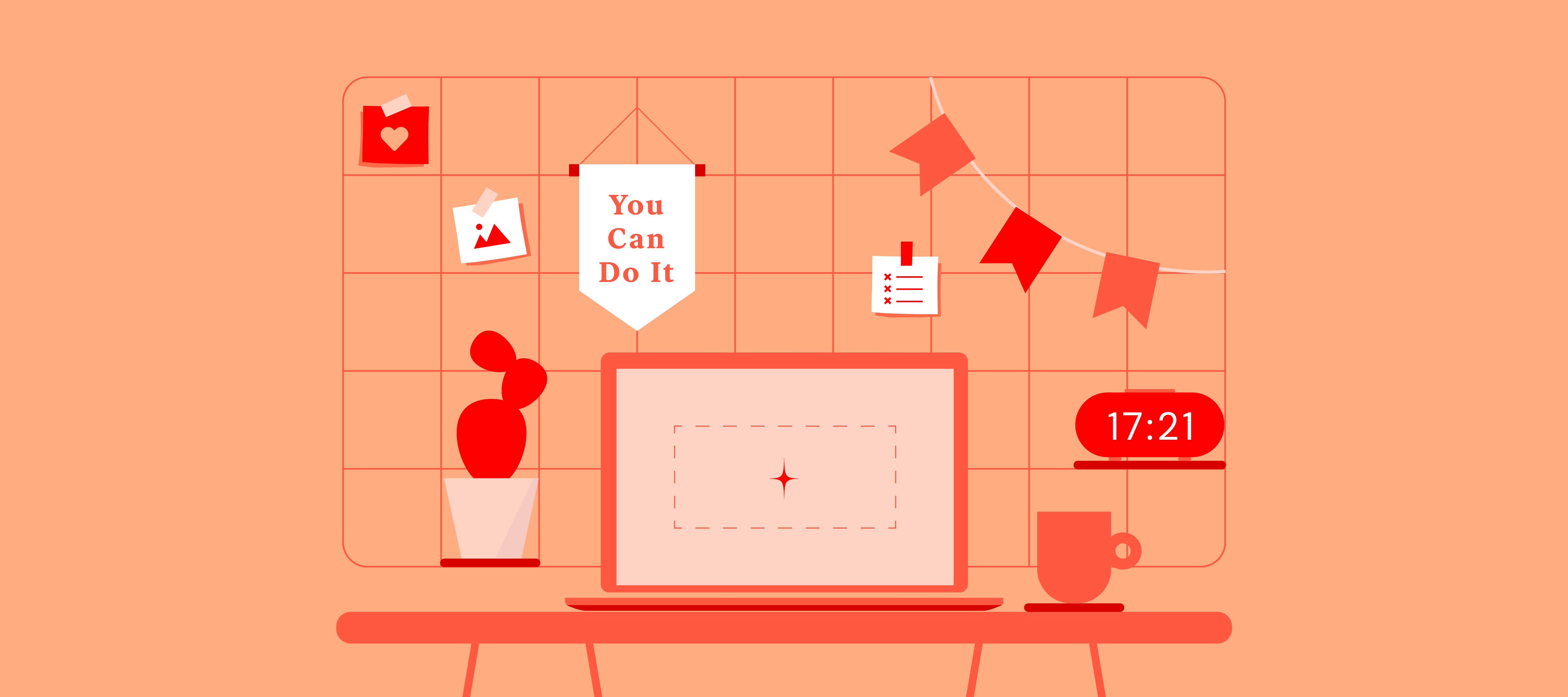All Categories
Featured
Table of Contents
- – Pueblo Web Design Tips and Tricks:
- – The Top Ecommerce, Website Design ... - Seatt...
- – Web Design - Linkedin Learning, Formerly Lynd...
- – Sustainable Web Design: Home Tips and Tricks:
- – Arch Web Design: Top-rated Web Design Agency ...
- – Top Web Design Courses Online - Updated [Apri...
- – Responsive Web Design - A List Apart Tips an...
- – Lifted Logic: Web Design In Kansas City - Se...
- – Law Firm Website Design, Attorney Web Design...
- – Redtree Web Design - Pittsburgh Tips and Tri...
- – Learning Web Design: A Beginner's Guide To H...
Pueblo Web Design Tips and Tricks:
Quick summary Usability and the energy, not the visual design, identify the success or failure of a website. Considering that the visitor of the page is the only individual who clicks the mouse and therefore decides everything, user-centric design has actually developed as a basic approach for effective and profit-oriented web design - web design frederick md.
and the energy, not the visual style, figure out the success or failure of a site. Considering that the visitor of the page is the only person who clicks the mouse and for that reason chooses everything, user-centric style has actually ended up being a standard technique for successful and profit-oriented web style. If users can't use a function, it might as well not exist.
g. where the search box need to be put) as it has actually currently been done in a variety of posts; rather we focus on the approaches which, utilized properly, can result in more sophisticated style decisions and simplify the process of viewing provided details. Please see that you may be interested in the usability-related posts we have actually released before: Concepts Of Excellent Site Design And Efficient Website Design Standards, In order to use the concepts correctly we initially need to understand how users engage with websites, how they believe and what are the fundamental patterns of users' habits.
The Top Ecommerce, Website Design ... - Seattle Tips and Tricks:
Visitors look at each new page, scan some of the text, and click on the very first link that captures their interest or vaguely looks like the thing they're trying to find. There are large parts of the page they do not even look at. A lot of users search for something fascinating (or useful) and clickable; as quickly as some promising prospects are discovered, users click.
If a page supplies users with top quality content, they want to compromise the material with advertisements and the style of the website. This is the reason why not-that-well-designed sites with top quality material gain a great deal of traffic over years. Material is more vital than the design which supports it.

Really simple principle: If a website isn't able to meet users' expectations, then designer stopped working to get his task done effectively and the company loses cash. The higher is the cognitive load and the less instinctive is the navigation, the more ready are users to leave the site and search for alternatives.
Web Design - Linkedin Learning, Formerly Lynda.com Tips and Tricks:
Neither do they scan web page in a linear style, going sequentially from one website section to another one. Rather users satisfice; they choose the very first affordable option. As quickly as they find a link that appears like it might result in the objective, there is a great chance that it will be right away clicked.
It does not matter to us if we understand how things work, as long as we can use them. If your audience is going to imitate you're developing billboard, then style excellent billboards." Users desire to be able to control their web browser and rely on the consistent data presentation throughout the site.
If the navigation and site architecture aren't instinctive, the number of enigma grows and makes it harder for users to understand how the system works and how to obtain from point A to point B. A clear structure, moderate visual ideas and easily identifiable links can help users to find their path to their goal.
Sustainable Web Design: Home Tips and Tricks:

claims to be "beyond channels, beyond items, beyond circulation". What does it indicate? Since users tend to explore websites according to the "F"-pattern, these 3 statements would be the first elements users will see on the page once it is filled. The style itself is easy and user-friendly, to understand what the page is about the user needs to browse for the response.
Once you have actually accomplished this, you can communicate why the system works and how users can benefit from it. Individuals will not use your website if they can't find their method around it. 2. Don't Waste Users' Patience, In every project when you are going to use your visitors some service or tool, try to keep your user requirements very little.
Novice visitors are ready to, not filling long web types for an account they may never use in the future. Let users check out the site and discover your services without requiring them into sharing personal information. It's not reasonable to require users to go into an email address to test the function.
Arch Web Design: Top-rated Web Design Agency For Saas ... Tips and Tricks:
And that's what you want your users to feel on your web site. The registration can be done in less than 30 seconds as the type has horizontal orientation, the user does not even need to scroll the page.
A user registration alone is adequate of an obstacle to user navigation to cut down on incoming traffic. Handle To Focus Users' Attention, As sites offer both fixed and vibrant content, some elements of the user interface draw in attention more than others do.
Focusing users' attention to particular areas of the site with a moderate usage of visual components can help your visitors to get from point A to point B without thinking of how it in fact is supposed to be done. The less enigma visitors have, the they have and the more trust they can develop towards the business the website represents.
Top Web Design Courses Online - Updated [April 2022] - Udemy Tips and Tricks:
Strive For Feature Direct exposure, Modern web designs are usually criticized due to their approach of guiding users with visually appealing 1-2-3-done-steps, large buttons with visual effects etc. From the style viewpoint these elements really aren't a bad thing.
The website has 9 main navigation choices which show up at the very first glimpse. The option of colors might be too light. is a fundamental principle of effective user interface style. It does not truly matter how this is attained. What matters is that the material is well-understood and visitors feel comfortable with the way they interact with the system.
com gets straight to the point. No charming words, no overemphasized declarations. Rather a price: just what visitors are trying to find. An optimum solution for reliable writing is touse short and succinct expressions (come to the point as quickly as possible), usage scannable design (classify the content, utilize several heading levels, use visual aspects and bulleted lists which break the circulation of uniform text blocks), use plain and objective language (a promo doesn't need to seem like ad; provide your users some reasonable and unbiased factor why they must use your service or remain on your website)6.
Responsive Web Design - A List Apart Tips and Tricks:
Users are seldom on a website to delight in the style; additionally, in many cases they are searching for the information despite the style - web design frederick md. Pursue simpleness rather of complexity. From the visitors' point of view, the best site design is a pure text, with no advertisements or additional content blocks matching precisely the query visitors utilized or the material they've been trying to find.
Finch clearly provides the info about the website and gives visitors an option of options without overcrowding them with unnecessary material. 7. Don't Be Scared Of The White Area, Actually it's really hard to overestimate the significance of white space. Not only does it help to for the visitors, however it makes it possible to view the details provided on the screen.
Complex structures are more difficult to read, scan, examine and work with. If you have the option between separating 2 design sections by a visible line or by some whitespace, it's usually much better to utilize the whitespace option. (Simon's Law): the much better you handle to provide users with a sense of visual hierarchy, the much easier your content will be to perceive.
Lifted Logic: Web Design In Kansas City - Seo - Website ... Tips and Tricks:
The very same conventions and rules need to be applied to all elements.: do the most with the least quantity of hints and visual components. 4 major indicate be considered: simplicity, clarity, diversity, and focus. Simplicity consists of only the elements that are most essential for communication. Clearness: all parts must be created so their meaning is not uncertain.
Conventions Are Our Good friends, Conventional design of site aspects does not result in a boring web website. As they reduce the learning curve, the requirement to figure out how things work. For instance, it would be an usability nightmare if all sites had various visual discussion of RSS-feeds. That's not that different from our regular life where we tend to get used to fundamental principles of how we arrange data (folders) or do shopping (placement of products).
understand what they're getting out of a site navigation, text structure, search positioning etc. A case in point from use sessions is to translate the page in Japanese (assuming your web users don't know Japanese, e. g. with Babelfish) and provide your usability testers with a job to discover something in the page of different language.
Law Firm Website Design, Attorney Web Design, Lawyer ... Tips and Tricks:
Test Early, Test Often, This so-called TETO-principle needs to be applied to every web style project as use tests frequently supply into significant issues and concerns related to a given design. Test not too late, not too little and not for the wrong factors.
Some essential points to remember: according to Steve Krug, and screening one user early in the job is better than testing 50 near completion. Accoring to Boehm's very first law, errors are most regular during requirements and design activities and are the more costly the later on they are gotten rid of.
That indicates that you develop something, test it, fix it and after that evaluate it again. There may be problems which haven't been discovered during the very first round as users were almost blocked by other problems. usability tests. Either you'll be pointed to the problems you have or you'll be indicated the absence of significant style defects which remains in both cases a beneficial insight for your project.
Redtree Web Design - Pittsburgh Tips and Tricks:

This holds for designers also. After you've dealt with a website for few weeks, you can't observe it from a fresh point of view any longer. You know how it is constructed and for that reason you understand exactly how it works you have the knowledge independent testers and visitors of your website wouldn't have.
It can be connected to other locations such as graphic style, user experience, and multimedia arts, however is more appropriately seen from a technological standpoint. It has become a big part of people's daily lives. It is hard to think of the Web without animated graphics, various designs of typography, background, videos and music.

Throughout 1991 to 1993 the Internet was born. Text-only pages could be viewed utilizing an easy line-mode web browser. In 1993 Marc Andreessen and Eric Bina, developed the Mosaic internet browser. At the time there were several browsers, nevertheless most of them were Unix-based and naturally text heavy. There had been no integrated technique to graphic design aspects such as images or noises.
Learning Web Design: A Beginner's Guide To Html, Css ... Tips and Tricks:
The W3C was developed in October 1994 to "lead the Web to its full potential by establishing common procedures that promote its development and ensure its interoperability." This dissuaded any one company from monopolizing a propriety web browser and programs language, which might have modified the impact of the Web as a whole.
As this has actually happened the technology of the web has also moved on. There have actually also been substantial changes in the method people use and access the web, and this has actually altered how sites are designed. Since completion of the browsers wars [] new web browsers have actually been launched. A number of these are open source meaning that they tend to have much faster development and are more helpful of brand-new requirements.
Learn more about Lovell Media Group LLC or TrainACETable of Contents
- – Pueblo Web Design Tips and Tricks:
- – The Top Ecommerce, Website Design ... - Seatt...
- – Web Design - Linkedin Learning, Formerly Lynd...
- – Sustainable Web Design: Home Tips and Tricks:
- – Arch Web Design: Top-rated Web Design Agency ...
- – Top Web Design Courses Online - Updated [Apri...
- – Responsive Web Design - A List Apart Tips an...
- – Lifted Logic: Web Design In Kansas City - Se...
- – Law Firm Website Design, Attorney Web Design...
- – Redtree Web Design - Pittsburgh Tips and Tri...
- – Learning Web Design: A Beginner's Guide To H...
Latest Posts
Siteinspire - Web Design Inspiration Tips and Tricks:
Html Responsive Web Design - W3schools Tips and Tricks:
What Is Web Design? - Interaction Design Foundation (Ixdf) Tips and Tricks:
More
Latest Posts
Siteinspire - Web Design Inspiration Tips and Tricks:
Html Responsive Web Design - W3schools Tips and Tricks:
What Is Web Design? - Interaction Design Foundation (Ixdf) Tips and Tricks: